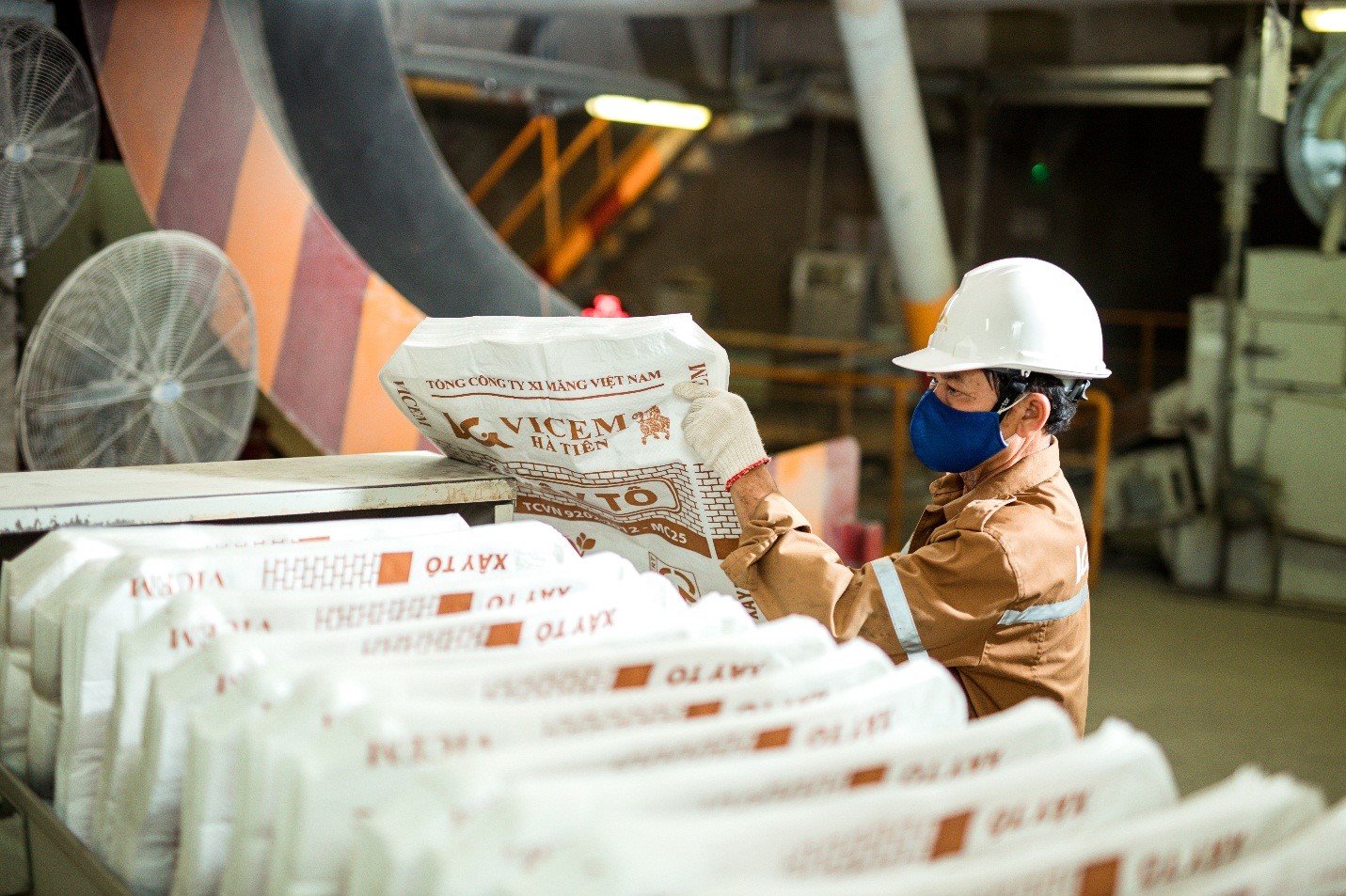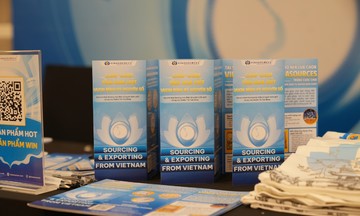Vicem Ha Tien Cement Joint Stock Company (HT1) recently released its consolidated financial statement, revealing a revenue of nearly 1,931 billion VND in Q2 2025, a slight increase of over 1% compared to Q2 2024. The company's primary revenue source is the production and sale of cement and clinker.
This quarter, the company's cost of goods sold decreased by 4%, remaining lower than revenue. This resulted in a more than 50% improvement in gross profit, reaching nearly 271 billion VND, with a gross profit margin of 14%.
While finance and sales costs increased, the rate of increase was slow. These increases were offset by reduced business administration expenses.
Overall, Vicem Ha Tien's post-tax profit reached over 112.3 billion VND, a 2.45-fold increase compared to the same period in 2024. This is the highest profit in the past 3 years, marking the company's return to profitability after several quarters of losses or low profits.
Management attributed the improved performance to an 8.5% year-on-year increase in cement sales volume in Q2. Lower production costs and raw material prices also contributed to the higher profit margin. Additionally, HT1 saw increased revenue from fees collected for the road construction project connecting Nguyen Duy Trinh Street to Phu Huu Industrial Park in Ho Chi Minh City.
For the first 6 months of 2025, Vicem Ha Tien recorded nearly 3,518 billion VND in revenue and over 103 billion VND in post-tax profit. Compared to the same period in 2024, revenue increased by 3% while profit grew by nearly fivefold.
The company's 2025 production target is 3.6 million tons of clinker and 5.84 million tons of cement. The company aims for over 7,162 billion VND in revenue and 184 billion VND in post-tax profit for the year. As of the end of Q2, the company has achieved 49% and 56% of its annual revenue and profit targets, respectively.
 |
Workers inspect product packaging at the factory. Photo: HT1 |
Workers inspect product packaging at the factory. Photo: HT1
Established in 1964, Vicem Ha Tien, a subsidiary of Vietnam Cement Corporation (Vicem), is known for its unicorn-branded products used in residential and industrial projects throughout southern Vietnam. The company operates two clinker kilns and six cement grinding stations across several provinces and cities, with a total capacity of approximately 7.5 million tons per year, making it the largest listed cement company.
According to FPT Securities (FPTS), residential construction accounts for an estimated 72.3% of domestic cement consumption in 2023. For HT1, this figure is approximately 90%. This reliance on the housing market has impacted the cement industry in recent years.
From 2020 to 2022, domestic demand for housing and cement declined sharply due to the pandemic, which halted construction activities. The sluggish housing market continued into 2023 amidst tightened credit and increasing pressure from bond repayments. In 2024, housing floor area continued to decline as the construction sector faced difficulties due to delays in project licensing procedures. Consequently, domestic cement consumption grew slowly, with a compound annual growth rate (CAGR) of only 1.5% between 2011 and 2024.
However, the industry outlook is becoming more positive. Market research firm BMI, a unit of Fitch Solutions, predicts that Vietnam's housing construction growth will peak at 7.5% in 2026, driven by the new real estate legal framework and the country's favorable long-term prospects due to its "golden population" period and ongoing urbanization. FPTS forecasts domestic cement consumption to reach 60.3 million tons in 2025 (a 2.4% increase), with a CAGR of 2.38% from 2024 to 2030.
Tat Dat












